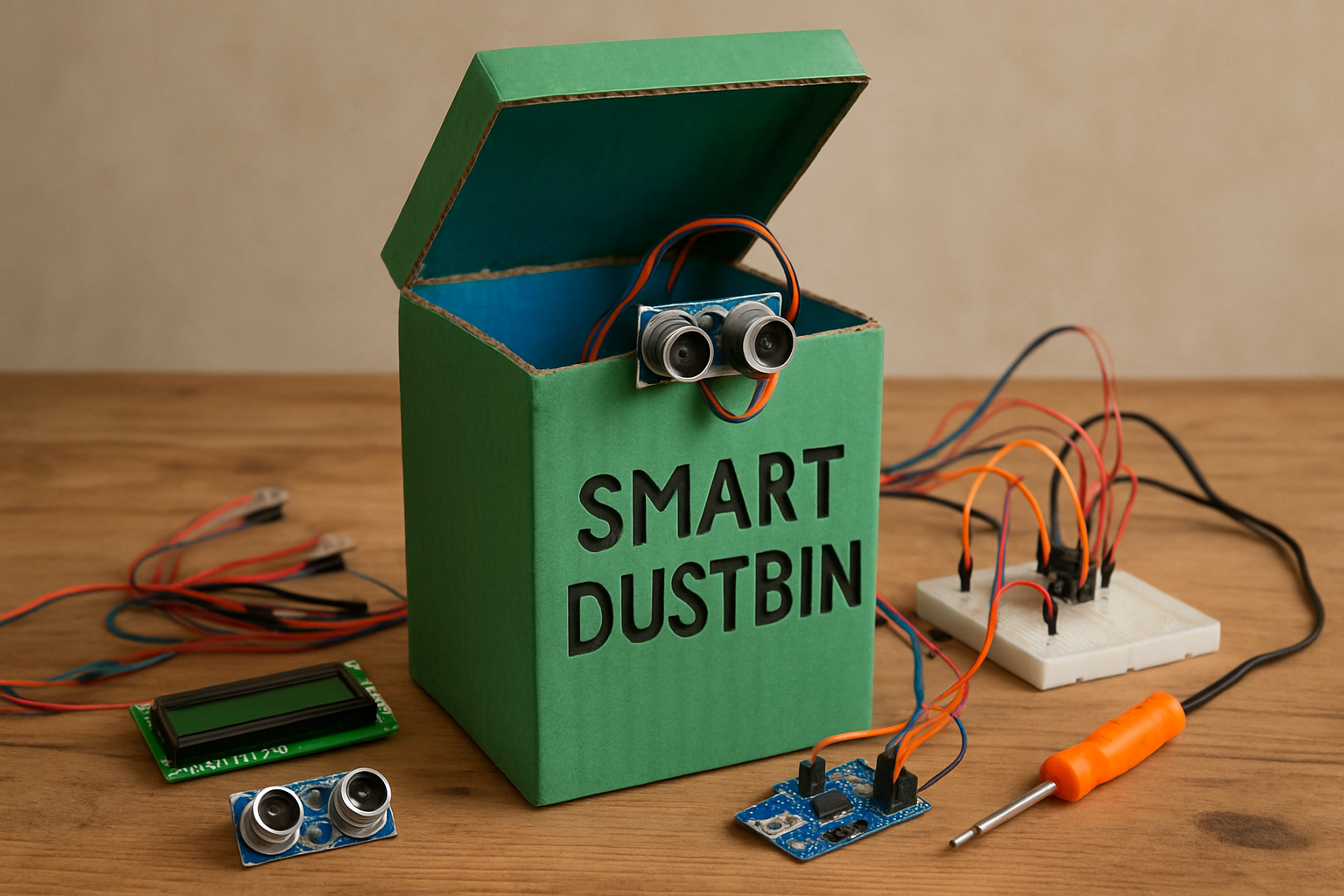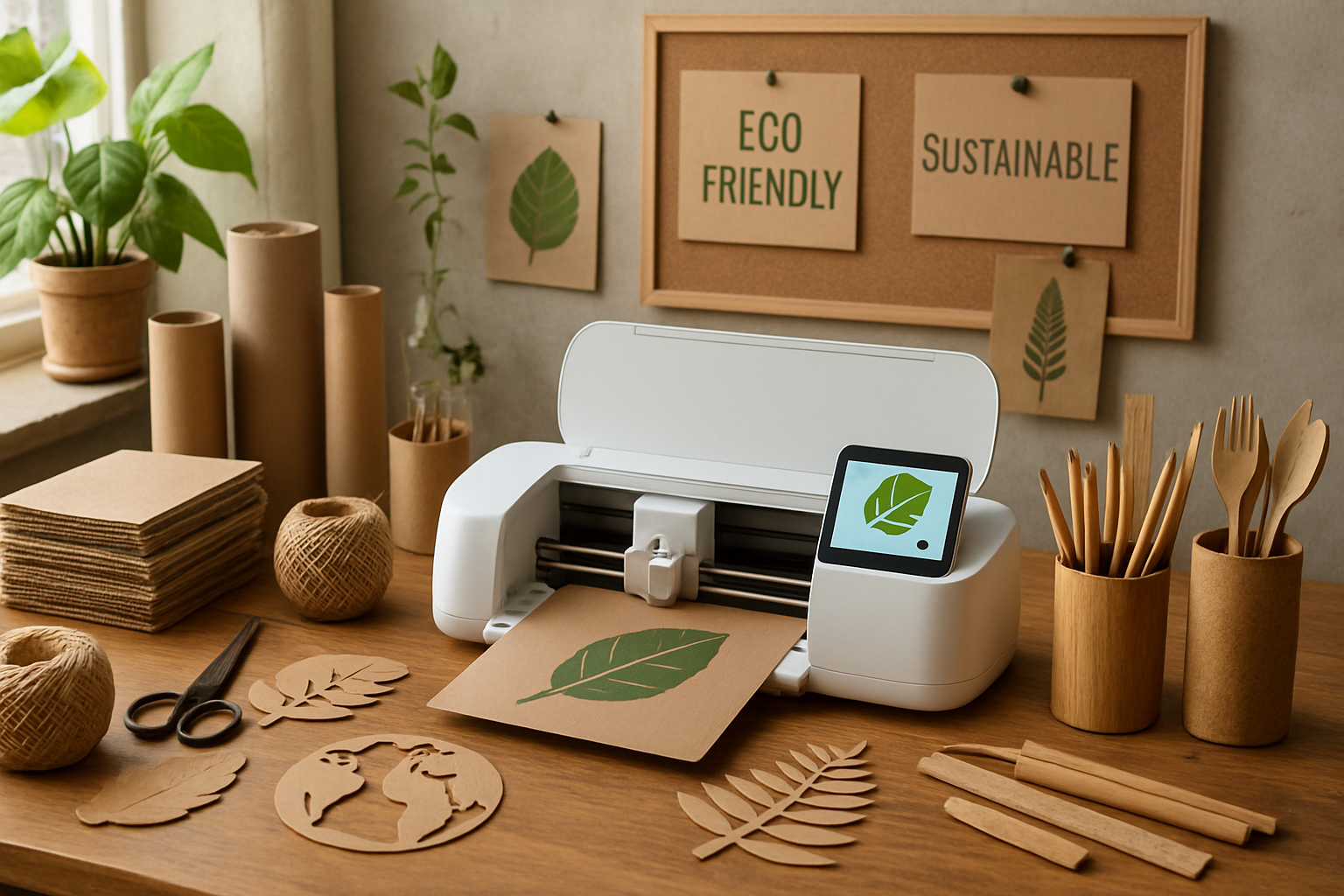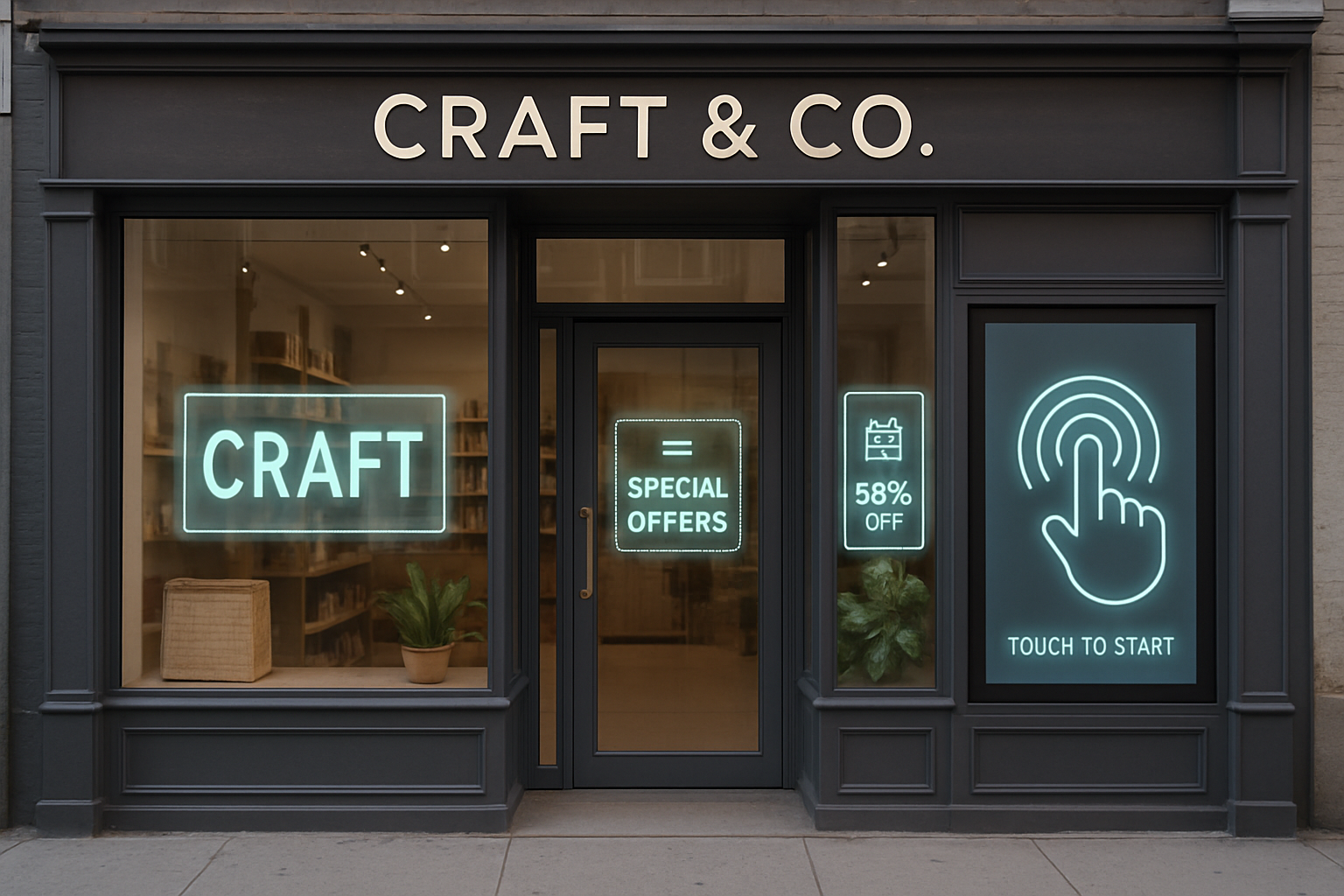Everyone knows that combining creativity with smart thinking leads to breakthrough results.
But what are smarts and crafts, exactly?
This comprehensive cheatsheet will guide you through everything you need to know about smarts and crafts today.
Some are rooted in centuries-old traditional methods that keep culture alive.
Some are powered by modern technology transforming how crafts are made.
Some offer new opportunities for sustainability and ecological protection.
Some bring innovation to craft businesses with data-driven marketing and AI tools.
Some invite you to blend DIY passion with cutting-edge gadgets.
Let's dive right in.
How Technology Impacts Traditional Craftsmanship
The phrase smarts and crafts perfectly encapsulates the dynamic interplay between inherited wisdom and modern innovation. Since the Industrial Revolution, machines have revolutionized crafting, accelerating production but sometimes overshadowing the handmade touch. Take cloth weaving, for example: mechanization sparked mass production but also caused the decline of hand-woven textiles, a loss felt across cultures globally.
Today, technologies like 5G connectivity and the Internet of Things (IoT) merge with traditional metalworking, enabling innovative design approaches that overcome the limitations of convention. Instead of replacing craftsmanship, these advances create new forms to express it and to keep traditional techniques relevant for modern consumers and creators alike.
One remarkable shift is the creation of "learning bridges"—collaborations between academic institutions and craft establishments that transfer tacit knowledge, ensuring traditions persist sustainably. Ethnographic studies and participatory design help mold educational structures around craftsmanship, ensuring skills and cultural richness flourish in an era dominated by smart innovation.
Moreover, high-tech approaches in industries like construction show that craftsmanship expands rather than disappears. Builders become planners, problem-solvers, and coordinators, using both traditional skills and technology for ecological and social sustainability. The future of craftsmanship lies in adaptation, preserving essence while welcoming new tools.
For an even deeper dive into this balancing act, this resource on the impact of technology on traditional craftsmanship offers expert insights that reveal the nuanced transformations underway.

Smart Tools and Innovative Craft Techniques
What does it mean to bring smarts into crafts? It ranges from data-driven marketing strategies to AI-powered creativity that transform craft businesses and the making process itself.
Consider the craft beer industry, a perfect analogy for how smarts and crafts unite to build experiences rather than just products. Breweries now leverage smart tools like digital tap lenses, which pour beer while simultaneously delivering real-time sales and consumer engagement data. This allows brewers to adjust promotions, menus, and experiments rapidly, enhancing customer connection and operational efficiency.
AI-driven interactive displays combine art and technology, engaging consumers with personalized sensory experiences—light shows, confetti effects, and dynamic storytelling that turn ordinary taps into immersive brand ambassadors.
Such innovations are spearheaded by leaders like Dekkers, who blend design, data, and sustainability to revolutionize craft marketing assets, from eye-catching LED neon signs to sustainable branded light bulbs.
So, how can you apply that to your venture or hobby? The first step is understanding that smarts and crafts thrive when creativity meets smart data and conscious design.
This video walks through building a smart dustbin—an excellent example of integrating electronics and practical craftsmanship, embodying smarts and crafts in action.

Pro Tip: Explore DIY electronics kits or local maker spaces to start experimenting with smart crafting today.
Sustainability and Future of Crafts
Smarts and crafts are inseparable from sustainability challenges and opportunities. Advanced manufacturing techniques like additive manufacturing (3D printing) and subtractive manufacturing improve material efficiency and reduce environmental impact—especially in sectors like sand casting. These technologies significantly lower carbon emissions while boosting product quality and value.
Eco-friendly design and circular product lifecycles are becoming standard, rather than optional. Sustainable signage and point-of-sale products adopt recyclable materials and energy-efficient lighting, aligning brand values with consumer demand.
The quest for sustainability encourages craftspeople and businesses alike to innovate smarter, not harder, focusing on longevity, renewability, and cultural preservation.
While adapting to digital tools and sustainable practices might seem daunting at first, the rewards include greater brand loyalty, regulatory advantages, and contributing positively to global environmental goals. For small-scale crafters and entrepreneurs, this approach offers a competitive edge and a chance to connect with socially conscious consumers.
For those keen on deepening their sustainable craft journey, I recommend exploring expert-led classes or sustainable craft guides like the ones that address both technology and tradition harmoniously.

Hands-on DIY Smart Crafts
Are you ready to bring smarts and crafts to life in your everyday projects? DIY smart crafts are the perfect way to merge your love for creating with innovations that elevate function and style.
Start by experimenting with simple smart home integrations, like local Tuya setups—perfect for beginners wanting to automate lighting, appliances, or custom displays that showcase your craft in the smartest way possible.
Adult craft parties are gaining popularity, where crafting becomes a social experience enhanced by technology, such as augmented reality apps or interactive tutorials. These gatherings foster creativity, learning, and lasting connections, all hallmarks of smart crafting.
Want to enhance your skills further? Check out Mastering the Arts and Crafts of Problem Solving: A Comprehensive Guide, filled with expert tips and creative techniques to boost your capability to innovate in any craft.
Let’s not forget the importance of learning and sharing knowledge. The smart craft community thrives on collaboration that blends tech insights with traditional know-how—empowering crafters worldwide to consistently push boundaries.
Have you ever tried combining electronics with your crafting? What was your favorite project?
Incorporating Smarts into Craft Businesses
Running a crafts-based business today requires more than handmade quality. It demands smart integration of marketing, production, and sustainability principles to thrive in a competitive marketplace.
Data-driven insights have become the lifeblood of successful campaigns. Smart tools can track real-time consumer preferences, enabling entrepreneurs to tailor products, adjust supply chains, or innovate designs based on region or season.
For example, craft breweries are pioneers of melding artisanal passion with smart marketing tools, using platforms like Dekkers’ digital tap lens that collect actionable consumer data to make informed strategic decisions swiftly.
Marketing strategies focus increasingly on creating immersive experiences that go beyond product visibility. Customers remember stories, emotions, and interactions. The use of AI-driven displays, sustainable signage, and creative branding tools builds emotional connections and customer loyalty that goes beyond transactions.
Even small craft businesses benefit from adopting modern sustainability practices, reducing waste and carbon footprints, and gaining trust from eco-conscious customers. This triple bottom line approach resonates deeply with today’s market.
Need inspiration or help to level up your craft business? Explore industry insights from top trade marketing trends for craft beverages—many principles apply across craft sectors, including how to blend innovation with authenticity.

Overcoming Common Challenges in Smarts and Crafts
Combining smarts with crafts poses challenges that range from mastering new technologies to balancing tradition and modernity without losing authenticity.
A common hurdle is the steep learning curve in electronics or data analytics for traditional crafters. However, beginner-friendly tutorials, community maker spaces, and DIY kits have lowered barriers drastically, empowering even novices.
Another challenge lies in sustaining the intangible cultural heritage while transforming production methods. It takes intentional educational models and cooperative efforts to retain unique techniques and narratives. Here, partnerships between academia and artisans play a vital role.
Craftspeople also face environmental constraints, where adopting smart tech requires upfront investment. Smart strategies focus on incremental integration of energy-efficient tools and sustainable materials to spread costs and reduce risks.
Embracing failure as a learning tool is essential for success in this evolving intersection. As one expert quipped, "The smartest craft is knowing when to innovate and when to preserve."
What will you innovate, and what will you preserve in your craft journey?
What's Your Next Step?
Tell us in the comments: How will you apply this to your smarts and crafts journey? For personalized advice, contact us!